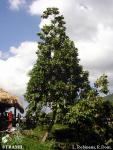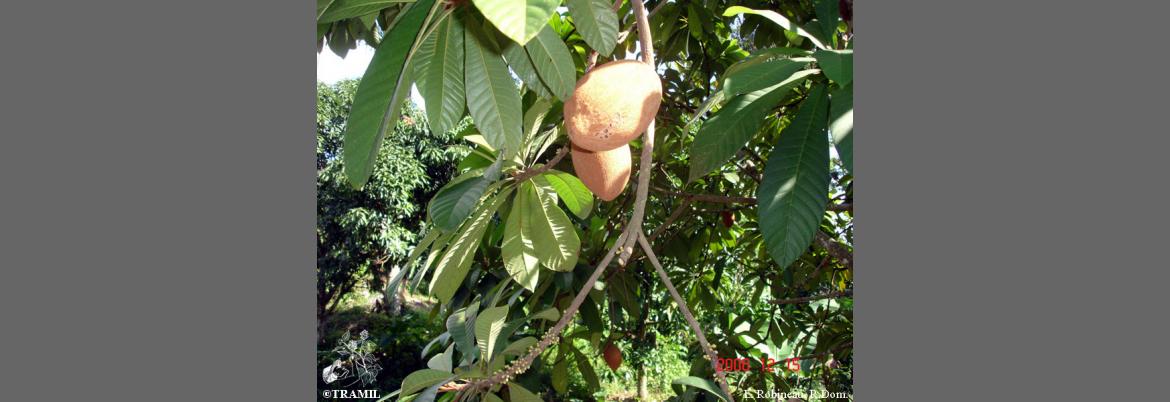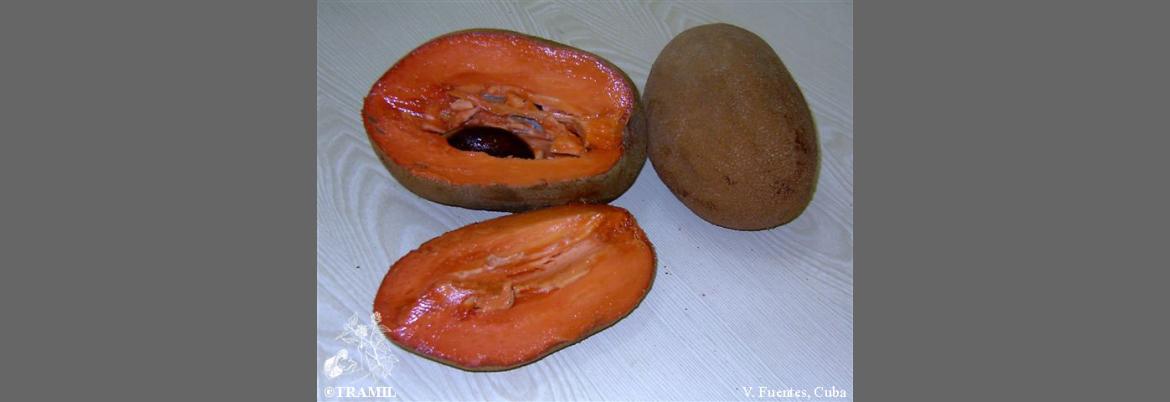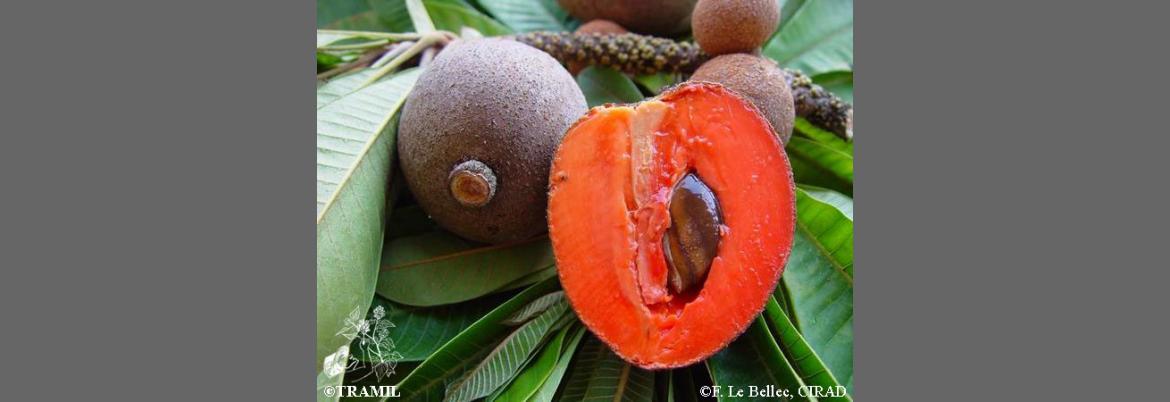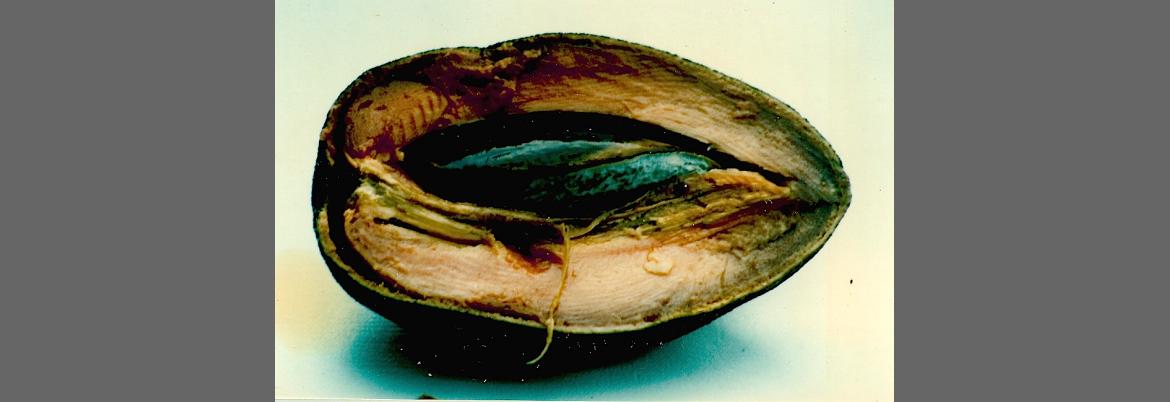1 GERMOSEN-ROBINEAU L, GERONIMO M, AMPARO C, 1984 Encuesta TRAMIL. enda-caribe, Santo Domingo, Rep. Dominicana.
2 JIU J, 1966 A survey of some medicinal plants of Mexico for selected biological activities. Lloydia29:250-259.
3 MISAS CAJ, HERNANDEZ NMR, ABRAHAM AML, 1979 Contribution of the biological evaluation of Cuban plants. VI. Rev Cub Med Trop 31:45-51.
4 ROJAS HERNANDEZ NM, JIMENEZ MISAS CA, LOPEZ ABRAHAM AM, HERNANDEZ SUAREZ C, 1981 Study of the inhibitory activity of plant extracts on microbial growth. Part V. Rev Cubana Farm 15:139-145.
5 LOPEZ ABRAHAM AN, ROJAS HERNANDEZ NM, JIMENEZ MISAS CA, 1981 Potential antineoplastic activity of Cuban plants. IV. Rev Cubana Farm 15(1):71-77
6 DUKE JM, 1992 Handbook of biologically active phytochemicals and their bioactivities. Boca Raton, USA: CRC Press.
7 POULTON J, KEELER R, TU T (Eds.), 1983 Handbook of natural toxins 1. New York, USA: Marcel Dekker.
8 NAHRSTEDT A, 1987 Recent developments in chemistry, distribution and biology of the cyanogenic glycosides. In: HOSTETTMAN K, LEA, JP (Eds.), Biologically Active Natural Products. Oxford, USA: Oxford Science Publications. pp167-184,213-234.
9 KLAASSEN C, AMDUR D, MARY O, 1986 Toxicology, the basic science of poisons. 3th ed. New York, USA: McMillan Publishing Co.
